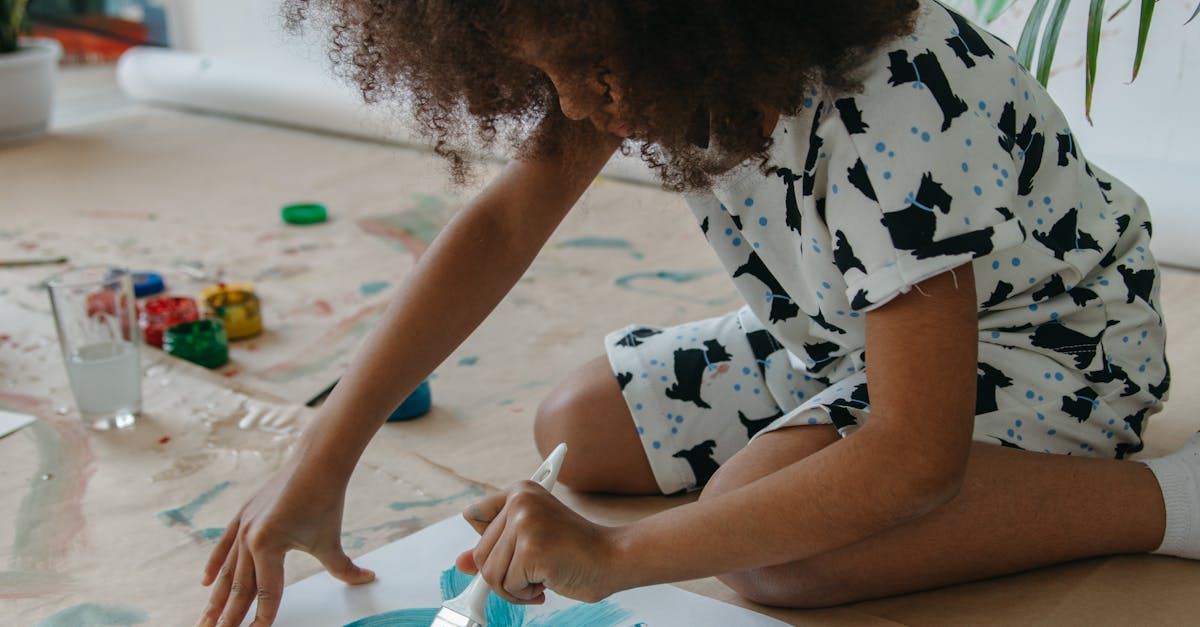Watercolor painting is a beautiful and rewarding art form that allows artists to capture the essence of their subjects with delicate washes of color. Whether you are a beginner or an experienced painter, mastering the techniques of watercolor painting can be both challenging and fulfilling. In this article, we will explore 20 essential tips for beginners to help you navigate the world of watercolor painting with confidence.
1. **Choose the Right Paper**: Selecting the right paper is crucial for watercolor painting. Choose a high-quality watercolor paper that is thick and can handle the wetness of the paint without warping.
2. **Invest in Quality Paints**: Opt for professional-grade watercolor paints as they offer better pigmentation and color intensity compared to student-grade paints.
3. **Use the Right Brushes**: Invest in a variety of good quality watercolor brushes in different sizes and shapes to achieve different effects in your paintings.
4. **Understand Water to Paint Ratio**: Experiment with different water to paint ratios to achieve different effects, from translucent washes to intense colors.
5. **Practice Color Mixing**: Learn how to mix colors to create a wide range of hues. Start with primary colors and gradually experiment with mixing secondary and tertiary colors.
6. **Master Wet-on-Wet Technique**: Wet-on-wet technique involves applying wet paint to a wet paper surface to create soft blends and transitions.
7. **Experiment with Wet-on-Dry**: Wet-on-dry technique involves applying wet paint to a dry paper surface, allowing for sharper lines and details.
8. **Embrace Negative Painting**: Negative painting involves painting around the subject to create contrast and depth in your artwork.
9. **Layering Techniques**: Practice layering washes to build depth and richness in your paintings.
10. **Use Salt and Alcohol**: Experiment with using salt and rubbing alcohol to create unique textures and effects in your watercolor paintings.
11. **Masking Fluid**: Utilize masking fluid to preserve areas of white paper or to create crisp edges in your paintings.
12. **Study Light and Shadow**: Understand how light interacts with objects to create shadow and volume in your paintings.
13. **Reference Photos and Still Life**: Use reference photos and still life setups to practice observation and painting from life.
14. **Practice Regularly**: Consistent practice is key to improving your watercolor painting skills. Set aside time to paint regularly and experiment with new techniques.
15. **Join a Watercolor Class**: Consider taking a watercolor painting class or workshop to learn from experienced artists and fellow enthusiasts.
16. **Seek Inspiration**: Look at the works of renowned watercolor artists for inspiration and techniques to incorporate into your own paintings.
17. **Experiment with Different Surfaces**: Apart from watercolor paper, experiment with painting on different surfaces like yupo paper, canvas, or even wood.
18. **Learn to Control Water Flow**: Master the art of controlling the water flow in your paintings to achieve the desired effects.
19. **Embrace Mistakes**: Mistakes are part of the learning process. Embrace them as opportunities to learn and grow as an artist.
20. **Share Your Work**: Don’t be afraid to share your watercolor paintings with others. Feedback and encouragement from fellow artists and art enthusiasts can help you improve and grow in your artistic journey.
In conclusion, mastering watercolor painting is a journey that requires patience, practice, and a willingness to experiment. By following these essential tips for beginners and exploring the versatile and captivating world of watercolors, you can unlock your creativity and create stunning works of art that reflect your unique style and vision.


